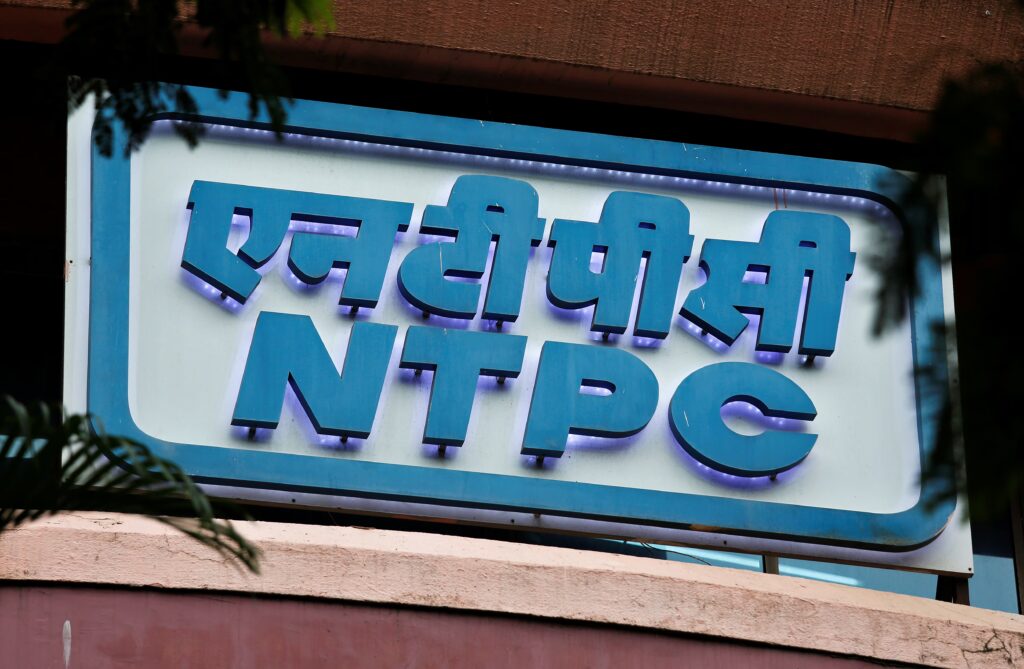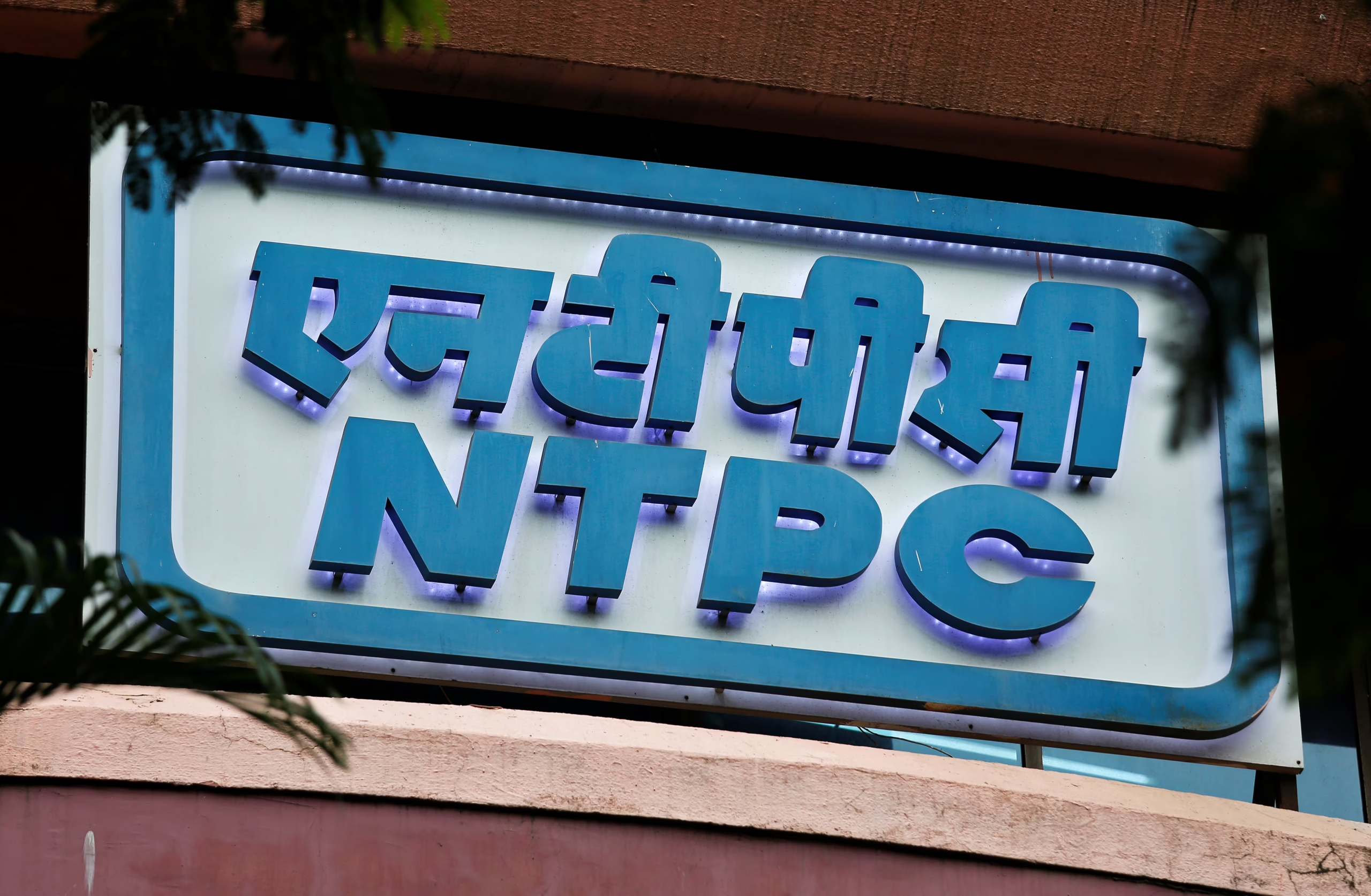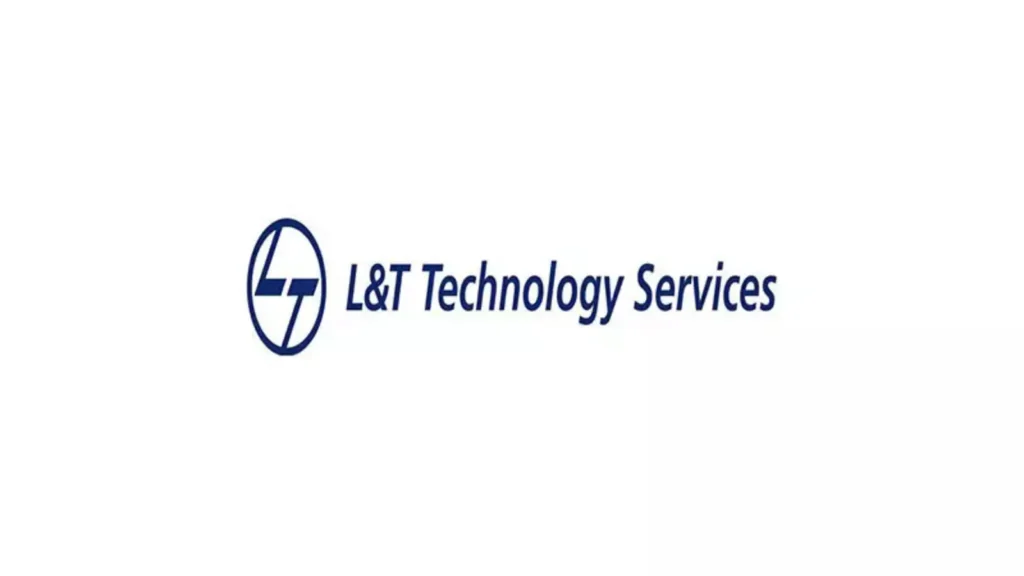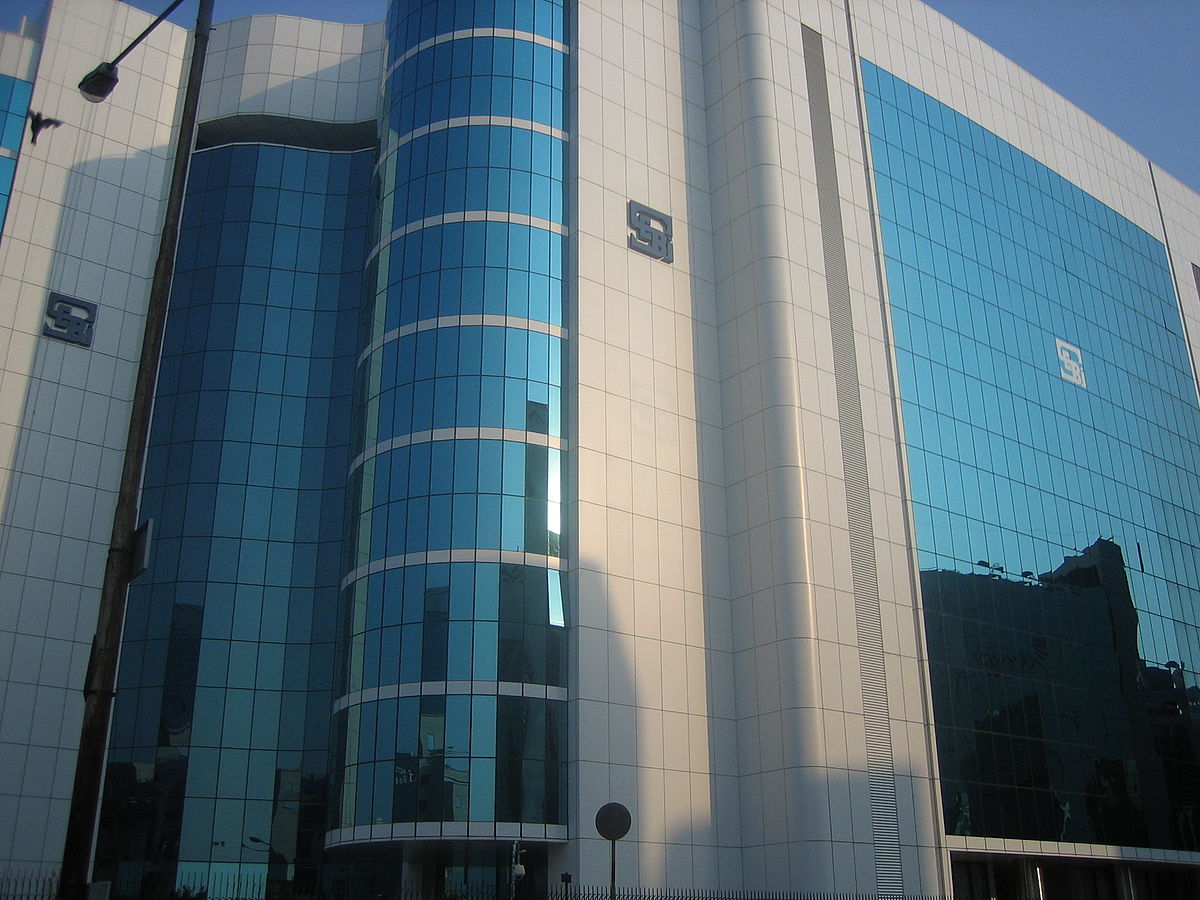
NTPC’s global push for PWR technology: aiming for 15 GW nuclear capacity
NTPC’s ambitious global expansion strategy for its PWR technology hinges on a multi-pronged approach. The company aims to leverage its considerable experience in the Indian nuclear power sector to secure international projects. This involves actively participating in global tenders and forging strategic partnerships with foreign entities possessing complementary expertise and resources. A key component of this strategy is demonstrating the cost-effectiveness and safety features of their PWR technology, showcasing its reliability and efficiency compared to other reactor designs. This involves extensive engagement with potential clients and regulators, highlighting the benefits of Indian-developed technology on a global scale.
A significant target for NTPC is achieving a 15 GW nuclear capacity internationally. This ambitious goal requires a phased approach, starting with smaller-scale projects to build confidence and demonstrate capability. Successful completion of these initial projects will be crucial in attracting further investment and securing larger contracts. The company plans to adapt its approach to suit the specific needs and regulations of each target market, demonstrating flexibility and responsiveness to local requirements. This will involve working closely with local partners to navigate regulatory hurdles and build local capacity.
Global cooperation is central to NTPC’s success. The company recognises the importance of collaborative ventures, technology transfer, and knowledge sharing. This collaborative spirit extends beyond purely commercial partnerships; it includes actively contributing to international forums and initiatives focused on nuclear safety and sustainable energy development. This approach helps build trust and demonstrates NTPC’s commitment to responsible nuclear power development, addressing global concerns about safety and environmental impact.
Furthermore, NTPC is exploring opportunities for indigenisation in overseas projects. This means not only exporting its PWR technology but also promoting the use of locally sourced materials and skilled labour wherever feasible. This strategy supports local economies and strengthens international relationships. It also helps reduce reliance on foreign suppliers, improving project resilience and cost-effectiveness. The emphasis on indigenisation underscores NTPC’s commitment to sustainable and equitable global partnerships.
Technological Capabilities and Partnerships
NTPC’s technological prowess in PWR technology forms the bedrock of its global ambitions. Years of experience operating and maintaining nuclear power plants within India have provided invaluable insights and data, constantly refined and improved. This expertise translates directly into the design, construction, and operational efficiency of their reactors. The company actively invests in research and development, ensuring their PWR technology remains at the cutting edge of safety and performance. This commitment to innovation is crucial in attracting international partners and clients.
Strategic partnerships are a key element of NTPC’s global strategy. The company actively seeks collaborations with international firms possessing complementary skills and resources. This includes partnerships with engineering firms, construction companies, and materials suppliers. These alliances allow NTPC to leverage existing infrastructure and expertise, streamlining project delivery and reducing overall costs. The collaborative approach also facilitates knowledge sharing and technology transfer, benefiting all participating entities.
A focus on indigenisation in the supply chain is another crucial aspect of NTPC’s technological strategy. By collaborating with local businesses in host countries, NTPC aims to boost local economies and build strong relationships. This approach reduces reliance on foreign suppliers, enhancing project resilience and potentially lowering costs. The integration of local expertise also fosters a deeper understanding of the specific needs and conditions of each project location, improving overall project success.
The pursuit of a 15 GW nuclear capacity globally requires a robust technological foundation. NTPC’s commitment to continuous improvement and global cooperation ensures their PWR technology remains competitive and attractive. The company actively participates in international forums and conferences, sharing best practices and learning from other industry leaders. This ongoing engagement strengthens their reputation and builds trust with potential partners and clients worldwide. Their dedication to safety and environmental responsibility further enhances their appeal in the global nuclear power market.
Regulatory and Market Challenges
Navigating the regulatory landscape presents a significant hurdle for NTPC’s global ambitions. Each country possesses unique licensing procedures, safety standards, and public perception of nuclear power. NTPC must dedicate significant resources to understanding and complying with these diverse requirements, tailoring its approach to each specific market. This necessitates close collaboration with local regulatory bodies and extensive engagement with stakeholders to address any concerns and build public confidence.
Securing financing for overseas nuclear projects is another key challenge. The substantial capital investment required for nuclear power plants demands robust financial planning and securing competitive funding packages. NTPC needs to demonstrate the long-term economic viability of its PWR technology, highlighting its cost-competitiveness and potential for generating stable returns. This involves presenting compelling financial models and engaging with international investors and financial institutions.
Public acceptance of nuclear power varies considerably across different regions. Negative perceptions surrounding nuclear safety and waste disposal can pose significant obstacles to project development. NTPC must actively engage in public awareness campaigns, promoting the safety features of its PWR technology and addressing public concerns transparently. This involves working with local communities and engaging with the media to foster a better understanding of nuclear energy’s role in a sustainable energy future.
Competition from other established nuclear technology providers is intense. NTPC needs to differentiate its PWR technology by highlighting its unique advantages, such as cost-effectiveness, safety features, and adaptability to diverse environments. This requires a robust marketing and sales strategy, actively showcasing its capabilities and building strong relationships with potential clients. The company’s commitment to global cooperation and indigenisation can also serve as significant differentiators.
The geopolitical landscape also influences the success of international nuclear projects. Political instability, trade restrictions, and international relations can all impact project timelines and feasibility. NTPC must carefully assess the political risks associated with each target market and develop strategies to mitigate potential disruptions. Building strong diplomatic ties and fostering collaborative relationships with governments is crucial for navigating these complex geopolitical considerations. Achieving the ambitious goal of 15 GW nuclear capacity requires careful management of these regulatory and market challenges.

















